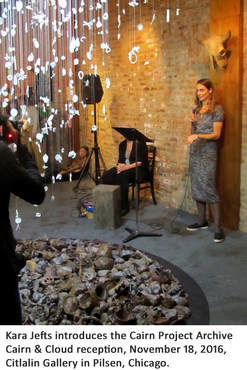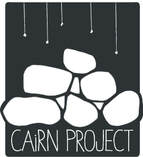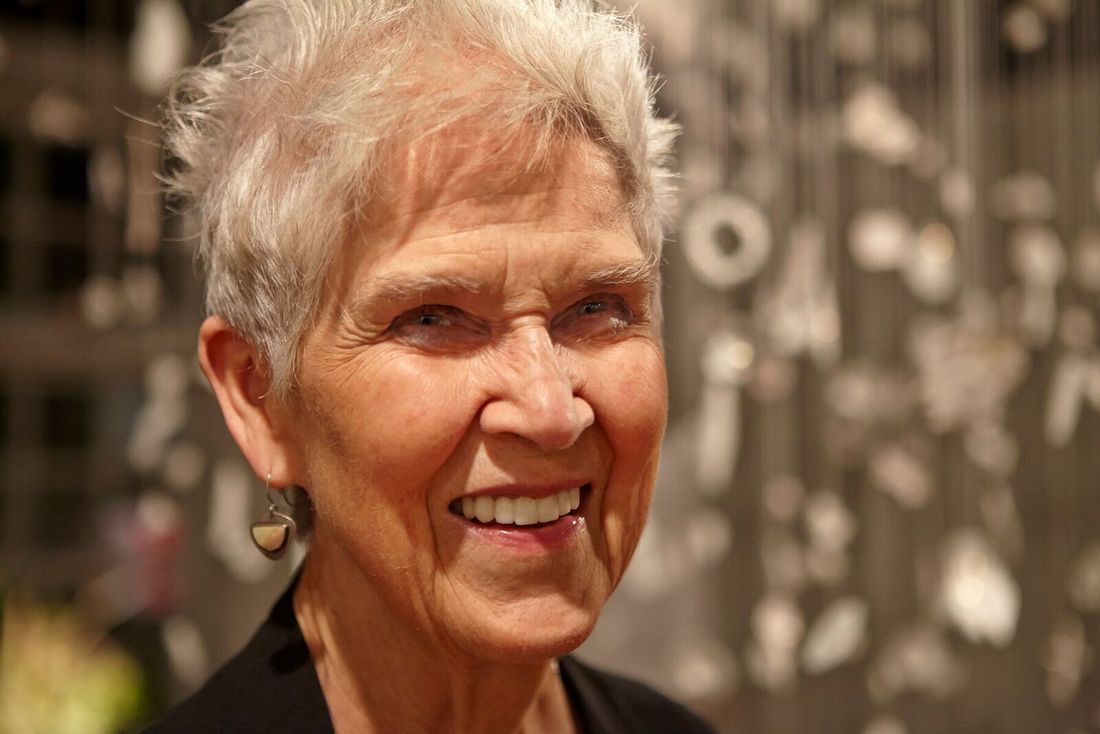|
contributed by Kara Jefts* I joined the Cairn Project in 2016 to talk with Corinne Peterson about the ways in which her work with the community could be archived. (1) Through Shaping Life, Shaping Clay workshops, Peterson has been building not only a cairn, but also an archive of experience from the individuals who participate. However, there is one problem with presenting this project this way: the stories are literally locked in stone. History becomes meaningful when we see ourselves in it, and archives play a big role in that. Making art with the community, as Peterson has done, creates an opportunity for individuals to publicly share components of their lives, an experience that many find to be empowering. By enabling an outlet for sharing, artists are helpful healers. Peterson has many moving and memorable experiences to recount from her role leading Shaping Life, Shaping Clay workshops, but few stories have been written down. In a discussion about how to highlight community members through archives, it is important to also recognize that some people prefer to process experience by looking inward, and not everyone cares to share publicly, particularly on the subject of trauma. Without the need for words, the stones shaped by thoughtful hands hold the memories of their maker. Anyone who has had the pleasure of exploring the cairn at past exhibitions can attest to the power embedded in each ceramic object. Nevertheless, after meeting hundreds of brave and hopeful individuals, Peterson recognized that the Cairn Project, as a memorial to trauma and healing, could fulfill a more complex role. If she could manage to record stories, and pair these stories with stones, then the memorial could become a historical record, with written experience to illustrate relatable and inspirational accounts of life in the present for future generations.  Building an archive driven from the stones and stories shared at Shaping Clay, Shaping Life workshops will take a great deal of effort, but the steps to achieving that goal are not necessarily complex. Each stone has been photographed individually, and these photographs are waiting to be paired with records that connect them to individuals. To maintain sensitivity and privacy, the stones will be matched with participants by first name. Once each stone has been paired with its maker, the photographs can be shared digitally, and an invitation will be extended through individual contacts and workshop organizers to invite a recollection of experience: recounting the workshop itself, or the experience brought to the table that day. History is constructed from the remnants of what is left behind. The problem with this is that the historical record is flawed and not everyone is represented. Archive collecting priorities are often driven by the power of individuals and institutions, and the responsibility for keeping a record of everyday experience falls to the individual. Peterson and I have mused over the Cairn Project archive’s potential as a way of making sure every single workshop participant, over 550 individuals, is represented by stone or by story. That is our dream for the archive, and bit by bit, we hope the community can help to create and maintain this history, and honor each individual’s experience in this way.  *Kara Jefts is a professional archivist. She received her Master of Arts in Modern Art History, Theory, & Criticism, at the School of the Art Institute of Chicago. Kara has been archivist for the Cairn Project since September, 2016. http://www.karajefts.com/biocontact.html (1) See the website Kara Jefts built to hold the archive. Next Week’s Post: Guest Elizabeth Russell, of BeSpace Integrative Arts in Portland, Oregon, discusses Choice Points and The Next Cairn http://www.thecairnproject.com/ https://www.facebook.com/cairnproject/ https://www.instagram.com/cairnproject/
0 Comments
Leave a Reply. |
Author
|




 RSS Feed
RSS Feed